In reality, environmental pollution in some places is still very serious, especially air pollution in large cities, water pollution in densely populated areas, production, business, service establishments, craft villages... In Hanoi alone, the level of air pollution at some times of the year is among the highest in the world , and water environmental parameters of inner-city rivers have exceeded the permissible limits for many consecutive years.
Moving towards eliminating gasoline-powered motorbikes is an urgent task for the capital city of Hanoi in the common goal of striving to achieve net zero emissions by 2050. Photo: Quoc Luy/VNA
Based on the above reality, on July 12, 2025, the Prime Minister issued Directive 20/CT-TTg on a number of urgent and drastic tasks to prevent and resolve environmental pollution, including the Hanoi People's Committee implementing solutions and measures for organizations and individuals to convert their vehicles and routes so that by July 1, 2026, there will be no motorbikes or scooters using fossil fuels circulating in Ring Road 1; from January 1, 2028, there will be no motorbikes or scooters, and personal cars using fossil fuels will be restricted from circulating in Ring Road 1 and Ring Road 2; from 2030, it will continue to be expanded to Ring Road 3.
Regarding this issue, Dr. Hoang Van Thuc, Director of the Department of Environment (Ministry of Agriculture and Environment) said that overcoming pollution and managing environmental quality in the current period is an urgent and very important issue. The results of monitoring and supervising air quality in large cities and key economic zones over the past many years show that the level of pollution tends to increase. In large cities such as Hanoi and Ho Chi Minh City, in the last months of the year (after October), the number of days when the PM2.5 concentration exceeded the national technical standard (QCVN 05:20023/BTNMT).
In Hanoi alone, the average annual PM2.5 concentration is about 47ug/ m3 (exceeding the QCVN 05:20023/BTNMT threshold of 25ug/ m3 ). In addition, according to statistics from the Department of Environment, from October to December 2024, Hanoi experienced 4 prolonged air pollution episodes. There were days when the environmental pollution index was at a "very bad" level, posing many risks to the health of people and the community.
Mr. Hoang Van Thuc said that there are many causes of air pollution, the main cause of which is from transportation activities, including dust from traffic vehicles and emissions from a large number of fossil fuels. It is worth noting that there are many old vehicles that do not meet emission standards and are not old enough to circulate in the city.
According to PM2.5 emission inventory data, in Hanoi area, emissions from road transport vehicles account for about 15% and from road dust about 23%.
According to Mr. Thuc, Vietnam needs to refer to this issue from the reality of China, "To regain the "Blue Sky" in the capital Beijing, China has reduced its dependence on fossil fuels, switched to clean energy to control emissions from electricity production and heating. This solution has been successful thanks to the determination of the Central Government, combined with large investments and direct financial support for businesses and households, reducing emissions from stationary sources the most, especially effective in winter when pollution increases due to heating. Along with that, reducing emissions from motor vehicles, optimizing the urban transport system. This solution is effective in controlling dynamic emissions, especially in crowded areas, but it is necessary to maintain mechanisms and policies in the long term", Mr. Hoang Van Thuc gave an example.
Regarding solutions to reduce pollution from vehicles, Mr. Hoang Van Thuc said that it is necessary to control vehicle emissions in the direction of 100% of vehicles participating in traffic (cars, motorbikes, motorbikes) in Hanoi and Ho Chi Minh City being managed and controlled for emissions and gradually switching to using clean energy, green energy, and environmentally friendly energy, while developing public transport and infrastructure in the direction of 100% of buses in Hanoi using electricity and green energy by 2030; other provinces and cities must achieve the minimum target according to Decision 876/QD-TTg dated July 22, 2022 of the Prime Minister.
Director of Hanoi Department of Agriculture and Environment Nguyen Xuan Dai said that Hanoi needs to support green transition in transportation. The conversion of gasoline vehicles to electric vehicles needs to be preferential in price, improve the utility of charging station infrastructure, which means promoting power supply infrastructure corresponding to the green transportation development scenario. Implementing the above issue well will contribute to reducing emissions and protecting the environment.
Green transport plays a particularly important role in the country's green growth strategy and green economic development, and is also a fundamental solution to achieve the goal of balancing emissions by 2050. This is also an urgent need and trend of countries, including Vietnam. Transport is a key sector of the economy but is also a major cause of emissions and environmental pollution, accounting for about 20% of total national emissions. Developing green transport will contribute to limiting the amount of emissions that cause air pollution...
According to VNA/Tin Tuc and Dan Toc Newspaper
Source: https://baoquangtri.vn/can-tinh-toan-phuong-an-ho-tro-nguoi-dan-chuyen-doi-phuong-tien-giao-thong-195790.htm


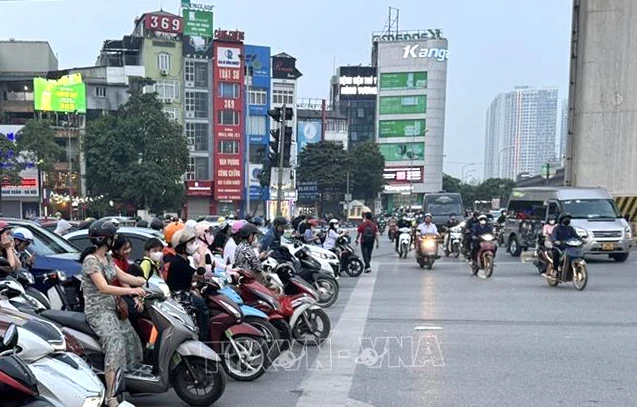
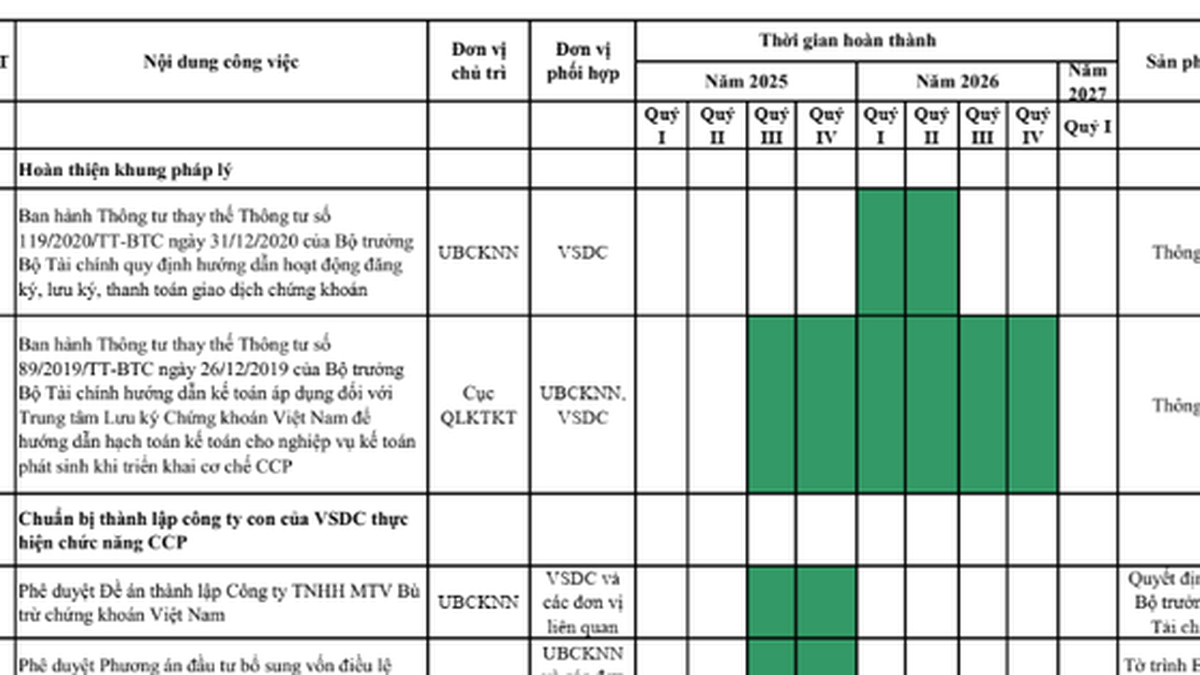

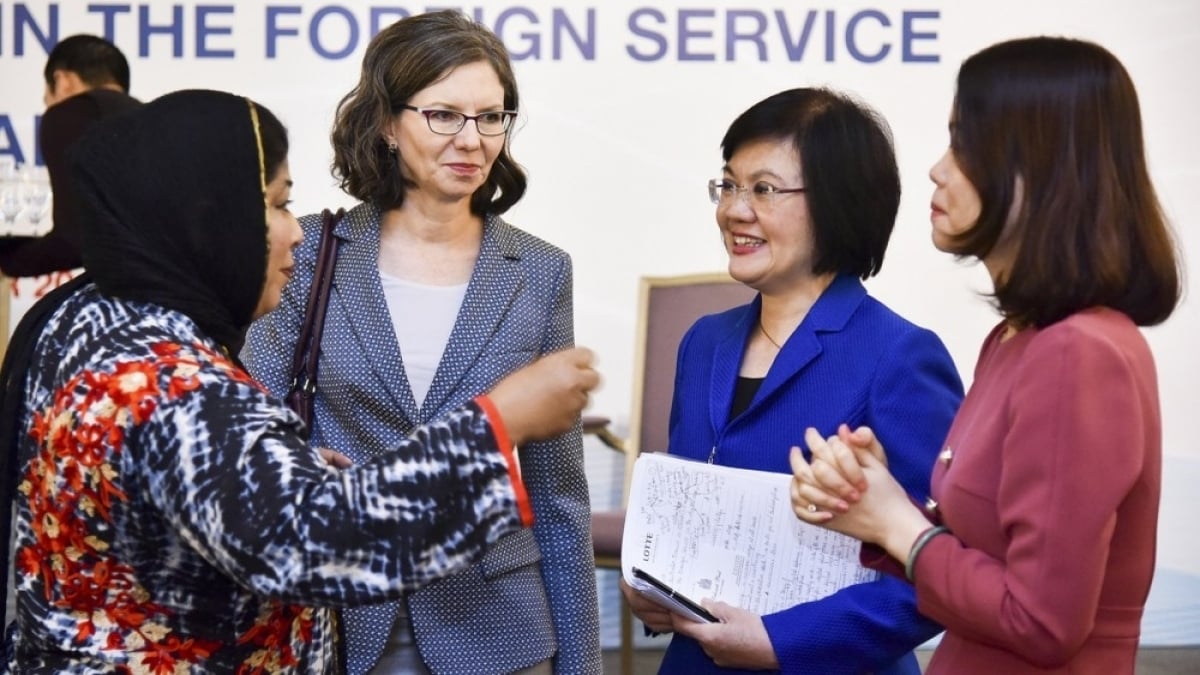

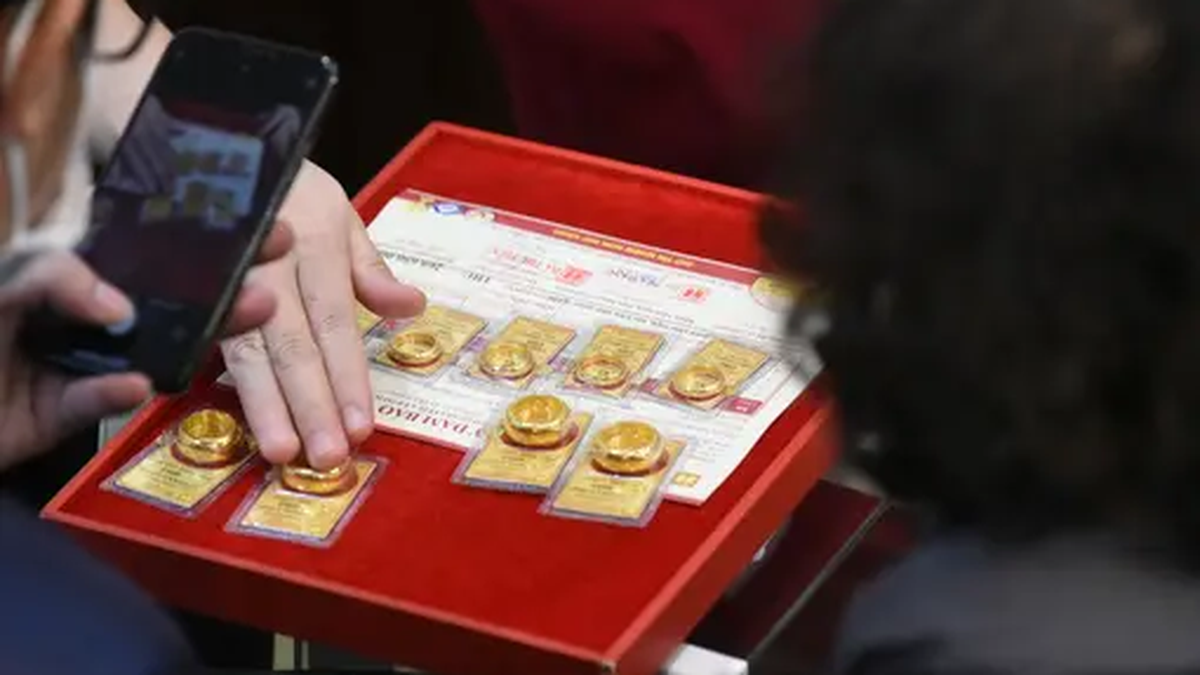


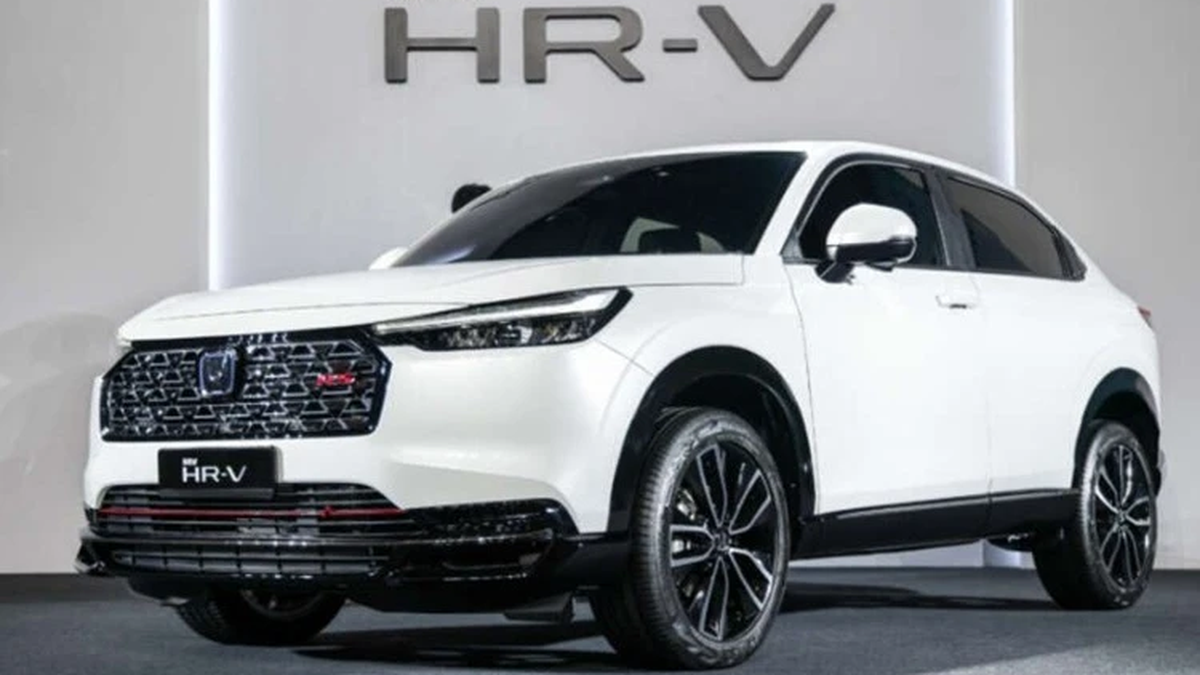

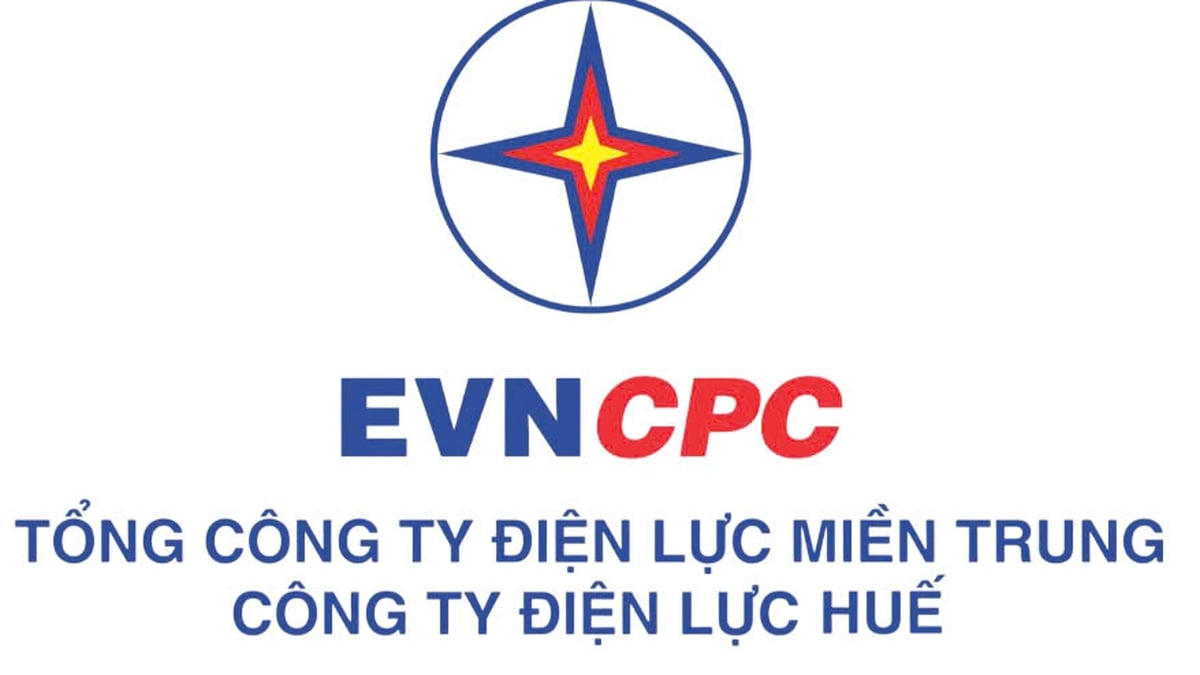









































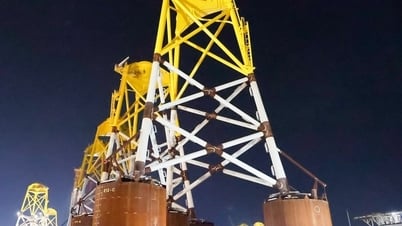

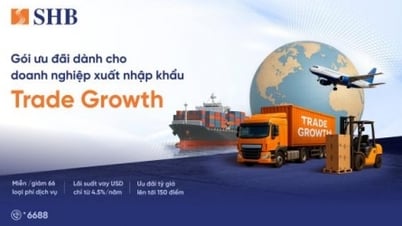


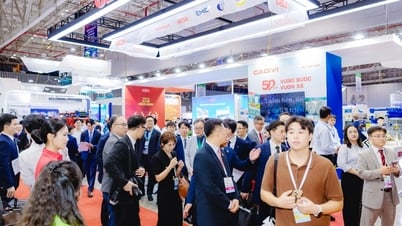


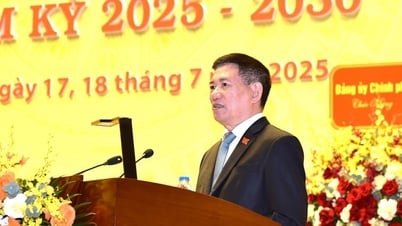





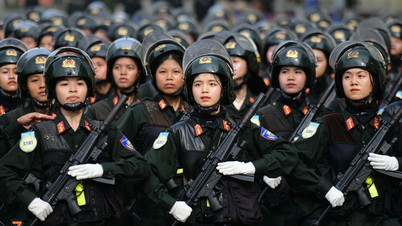






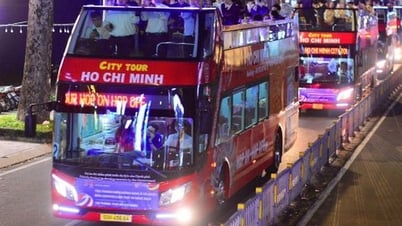
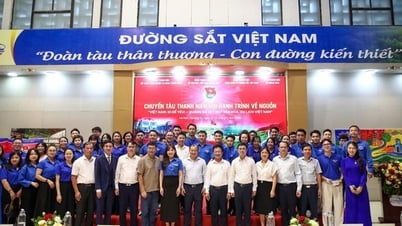

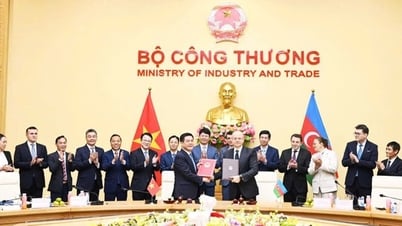









![[Infographic] In 2025, 47 products will achieve national OCOP](https://vphoto.vietnam.vn/thumb/402x226/vietnam/resource/IMAGE/2025/7/16/5d672398b0744db3ab920e05db8e5b7d)














Comment (0)